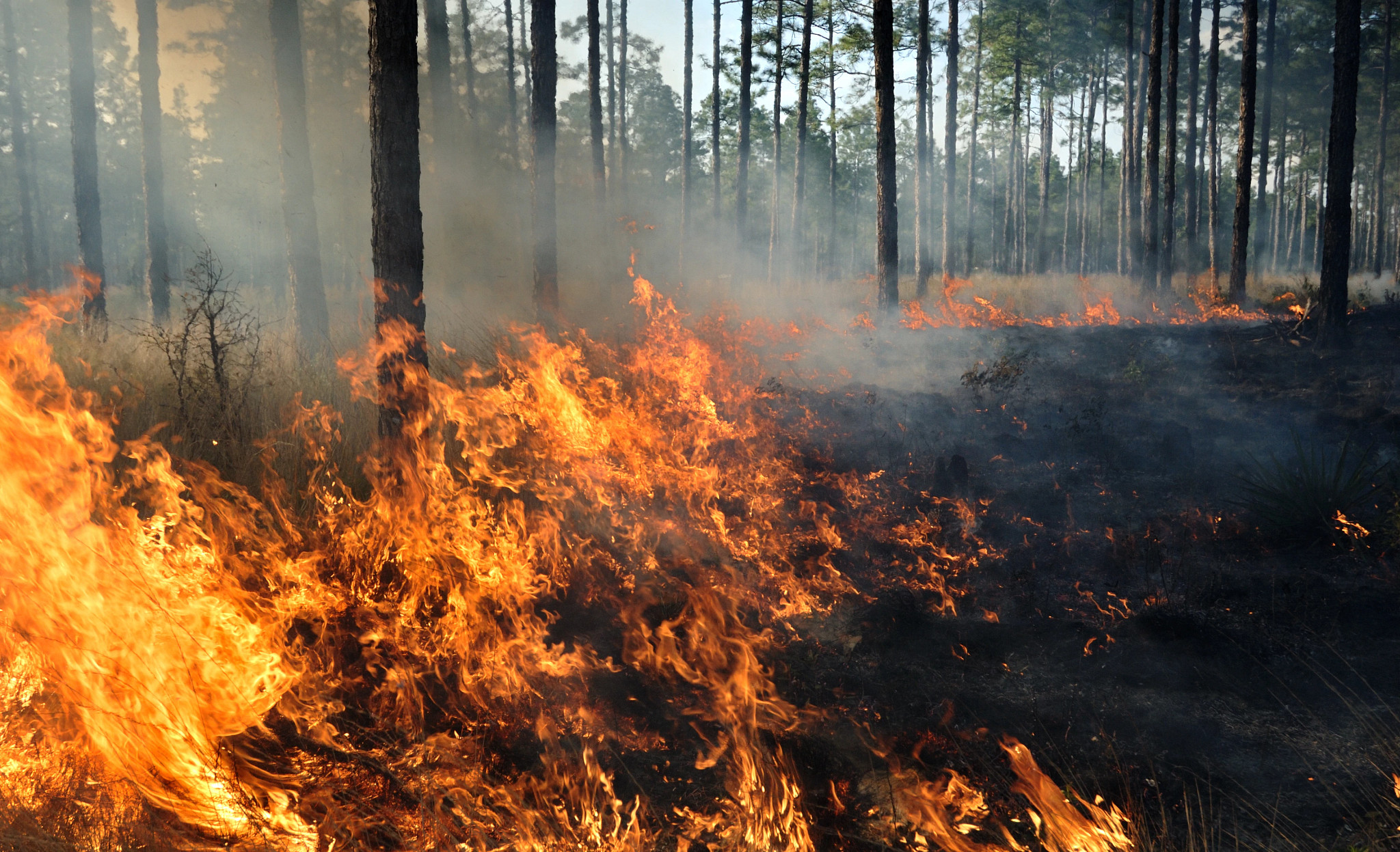Contact: DNR Office of Communications
DNRPress@wisconsin.gov
Be Fire Smart: Spring Is Wildfire Season In Wisconsin
 The Wisonsin DNR reminds Wisconsinites that fire season is underway.
Photo credit: iStock/PetePattavina
The Wisonsin DNR reminds Wisconsinites that fire season is underway.
Photo credit: iStock/PetePattavina
MADISON, Wis. – The Wisconsin Department of Natural Resources (DNR) reminds Wisconsinites that fire season is underway.
Unlike out West, spring is the most dangerous time for wildfires in Wisconsin. After the snow melts and before plants, trees and grass turn green, fires can spread quickly.
While spring is always much-welcomed after Wisconsin’s long winters, seasonal warm and dry conditions can increase wildfire activity. Wildfires can happen just about any time of the year, but historically, 60% of all annual wildfires in Wisconsin occur in March, April and May alone.
With debris burning the leading cause of Wisconsin’s wildfires, weather is the single most crucial factor influencing how fires start and spread. Temperature, wind, humidity and precipitation are the key weather components that determine the daily fire danger.
The 2022 spring fire season enters with drought impacting most of the state. The DNR’s fire control officials are focusing on the potential for statewide fire activity as the snow is rapidly melting from south to north.
Wildfires can start anywhere, especially where people live. People start 98% of wildfires, most often by burning debris in the spring when vegetation is still dead and dry. Fires also have been started by heavy equipment and vehicles, while lightning strikes have sparked a small percentage.

Special Notice To Sawyer, Washburn, Bayfield, Price, Vilas, Oneida, Forest, Florence, Marinette, Langlade, Oconto and Menominee Counties
The ice storm in March left a lot of additional debris on the ground. White pine and other conifers are especially susceptible to ice damage. Consider composting yard waste or hauling it to an approved disposal site.
If you do plan to burn, make sure to obtain your annual permit and follow the daily restrictions. Make a plan to burn safely and make sure to completely extinguish your pile prior to leaving it unattended.
Help Prevent Wildfires
The DNR requires burning permits in DNR Protection Areas to conduct legal and responsible burning outdoors. Permit holders are allowed to burn vegetation, such as leaves, brush and needles, in a safe manner with minimal wildfire risk.
DNR burning permits are free and can be obtained online and instantly emailed or issued over the phone and delivered by the U.S. Postal Service within three to five business days. Get your annual DNR burning permit by completing the online application here or by calling 1-888-WIS-BURN (947-2876).
Once an individual has a burning permit, remember to check the fire restrictions in the appropriate county after 11 a.m. each day before burning, including the legal burning hours, size limitations or if burning is suspended for the day. Small campfires for warming or cooking do not require a burning permit.
Because the DNR does not regulate all areas across the state, it’s essential to check with local municipal or fire department officials for any ordinances or other burning restrictions.
The DNR's burning restrictions webpage provides more information on burning permits, fire danger, and preparing for wildfires around your home and property.

